Life
Sign up for our newsletter
We summarize the week's scientific breakthroughs every Thursday.
-
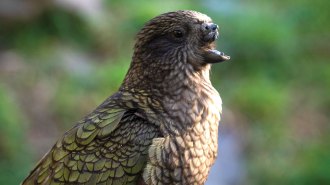 Animals
AnimalsWhat parrots can teach us about human intelligence
By studying the brains and behaviors of parrots, scientists hope to learn more about how humanlike intelligence evolves.
-
 Neuroscience
NeuroscienceHandwriting may boost brain connections more than typing does
Students asked to write words showed greater connectivity across the brain than when they typed them, suggesting writing may be a better boost for memory.
-
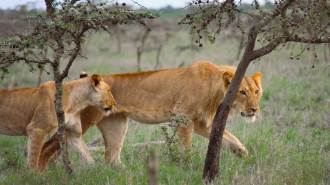 Ecosystems
EcosystemsHow an invasive ant changed a lion’s dinner menu
An invasive ant is killing off ants that defend trees from elephants. With less cover, it’s harder for lions to hunt zebras, so they hunt buffalo instead.
-
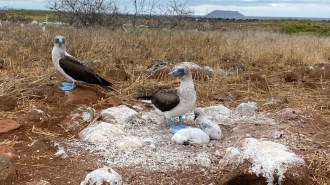 Animals
AnimalsA bird flu outbreak is sweeping the globe. Its long-term effects are unclear
A reporter’s recent trip to the Galápagos offered a chance to reflect on the bird flu outbreak, which has killed millions of birds and other animals.
-
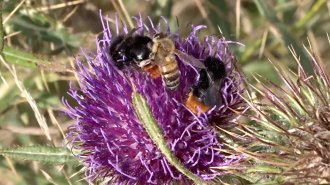 Life
LifeSome honeybees in Italy regularly steal pollen off the backs of bumblebees
New observations suggest that honeybees stealing pollen from bumblebees may be a crime of opportunity, though documentation of it remains rare.
-
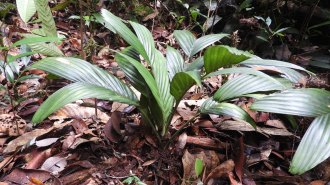 Plants
PlantsThis first-of-its-kind palm plant flowers and fruits entirely underground
Though rare, plants across 33 families are known for subterranean flowering or fruiting. This is the first example in a palm.
-
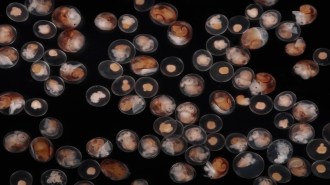 Life
LifeThese snails give live birth, and it’s the babies that may do the labor
Protecting eggs in mom’s body may have given rough periwinkle snails an advantage over egg-laying cousins, letting them spread to far more coastline.
By Susan Milius -
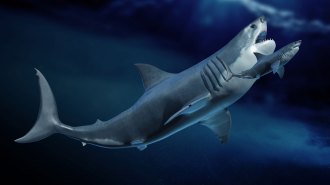 Life
LifeMegalodon, the largest shark ever, may have been a long, slender giant
The ancient shark is typically imagined with the scaled-up stout frame of a modern great white. But in life, the giant may have been more elongated.
By Jake Buehler -
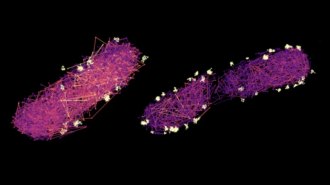 Life
LifeHow disease-causing microbes load their tiny syringes to prep an attack
Tracking individual proteins in bacterial cells reveals a shuttle-bus system to load tiny syringes that inject our cells with havoc-wreaking proteins.
By Elise Cutts -
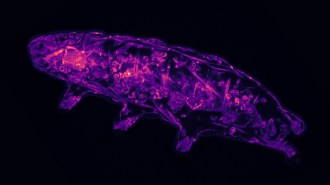 Chemistry
ChemistryHere’s how tardigrades go into suspended animation
A new study offers more clues about the role of oxidation in signaling transitions between alive and mostly dead in tardigrades.
-
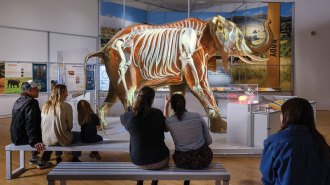 Animals
AnimalsA new exhibit invites you into the ‘Secret World of Elephants’
As elephants face survival threats, the American Museum of Natural History highlights their pivotal role in shaping landscapes — and their resilience.
-
 Animals
AnimalsSome mysteries remain about why dogs wag their tails
Wagging is a form of communication, with different wags meaning different things, but scientists know little about the behavior’s evolution in dogs.
By Jude Coleman